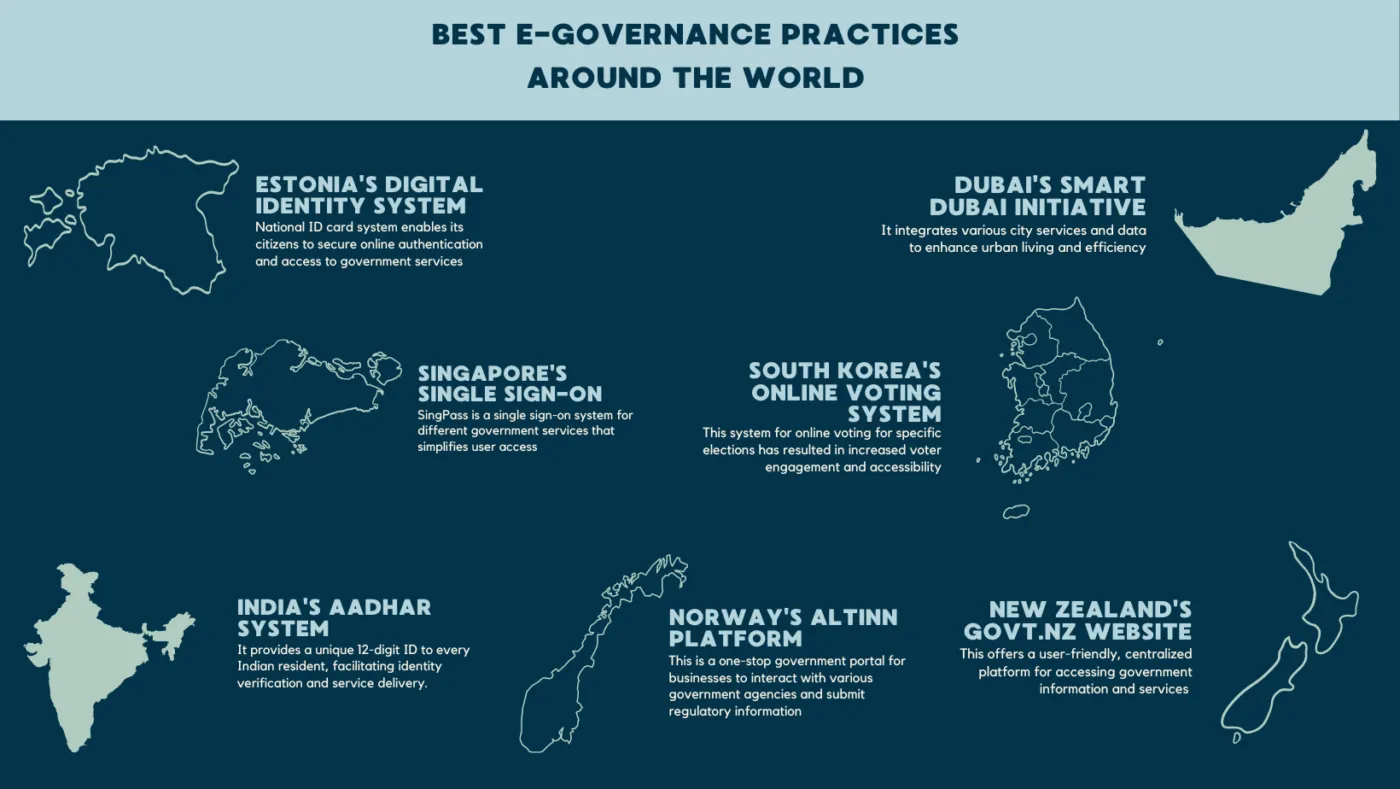E-government portals play a crucial role in providing online public services, information, and facilitating interaction between the government and citizens. The technology behind these portals is continually evolving to meet the growing demands of users. The latest e-government portal technologies not only enhance the efficiency of management and service delivery but also create better user experiences. This article explores the latest e-government portal technologies, their standout features, and the benefits they bring to both users and managing agencies.
The Latest E-Government Portal Technologies: Innovations and Optimization
Latest Technologies in E-Government Portals
Artificial Intelligence (AI) and Machine Learning
Artificial Intelligence (AI) and machine learning are increasingly integrated into e-government portals to enhance automation and service personalization. AI can analyze user data to predict needs and provide relevant information or services. Machine learning helps systems become smarter by learning from user interactions and data. Features like automated chatbots and sentiment analysis improve user experience by enabling quick and accurate responses.
Blockchain Technology
Blockchain, with its high security and transparency features, is becoming a crucial technology in e-government portals. Blockchain helps protect user data from attacks and fraud while ensuring the integrity of information. In portal applications, Blockchain can be used for managing and validating transactions, issuing digital certificates, and supporting electronic voting. This technology not only boosts security but also reduces intermediaries and associated costs.
Cloud Computing
Cloud computing is a key technology in the deployment of modern e-government portals. Cloud computing allows data storage and processing on remote servers, minimizing local infrastructure requirements and maintenance costs. It also provides flexible scalability, enabling government agencies to expand services as needed without significant hardware investment. Cloud services also support access from anywhere and offer robust security and backup features.
Enhanced User Interface (UI) and User Experience (UX)
User Interface (UI) and User Experience (UX) play crucial roles in making e-government portals more user-friendly and intuitive. The latest technologies focus on designing simple and intuitive interfaces that make it easier for users to find and access information. Improved UX tools like responsive design and customizable interfaces optimize user experience across various devices and platforms. Refining UI/UX not only increases user satisfaction but also reduces error rates and enhances service efficiency.

Benefits of the Latest E-Government Portal Technologies
Improved Efficiency and Accuracy
The latest technologies enhance the efficiency and accuracy of e-government portals. AI and machine learning automate many processes, reducing human error and improving data handling. Blockchain provides high transparency and security, minimizing fraud risks and safeguarding user data. Cloud computing offers scalability and flexibility, enabling agencies to manage data efficiently and cost-effectively.
Enhanced User Experience
Improvements in UI and UX make e-government portals more accessible and convenient. Optimized UI/UX designs help users easily locate information and use services without difficulties. Technologies like AI and chatbots provide immediate online support, quickly addressing queries and assisting users effectively.
Meeting Changing Needs
The latest e-government portal technologies help agencies respond quickly to changing user needs. Cloud computing and data analytics technologies monitor and analyze user behavior, allowing for service and information adjustments. AI and machine learning support predicting needs and delivering personalized services, adapting flexibly and efficiently to user requirements.
Conclusion
The latest e-government portal technologies are continuously advancing to meet the increasing demands of users and managing agencies. From artificial intelligence and machine learning to blockchain and cloud computing, these technologies not only enhance efficiency and security but also improve user experience. The combination of these advanced technologies helps create intelligent, flexible, and effective e-government portals, contributing to the development of e-government and improving the quality of public services.

